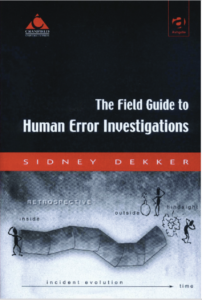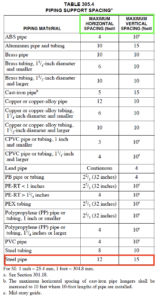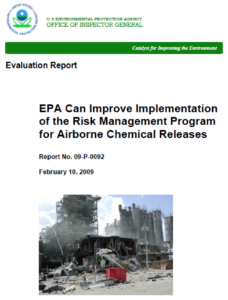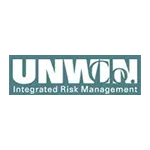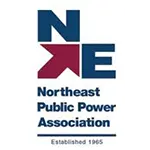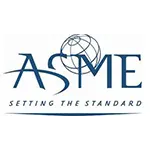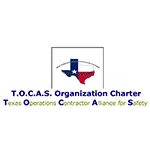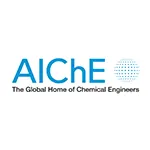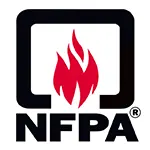Let us help you make sense of PSM / RMP!
My friend Brian Chapin will be offering an open-enrollment PSM/RMP class in Burleson, Texas, July 8th to 11th, 2025. Brian is an absolute pro in NH3 Refrigeration Process Safety. Anyone who attends will also get a FREE membership to SAFTENG. You can get more information on the class with this link.
CLICK HERE to Renew your Membership
CLICK HERE for a NEW Membership
CLICK HERE to see eligibility requirements for FREE Membership
If you have any questions, please contact m
SAFTENG has:
- Over 18,000 categorized unsafe acts/conditions and accident/injury photos
- Over 1,500 ppt's & doc's in the SAFTENG Library
- Over 4,000 Technical Articles on Process Safety, Emergency Response & OSH topics
- Over 450 videos (those not allowed on YouTube Channel)
Many THANKS to my NEW Members and those who CONTINUE to support SAFTENG:

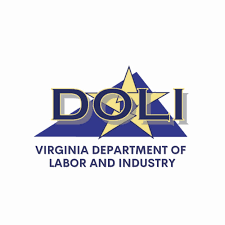







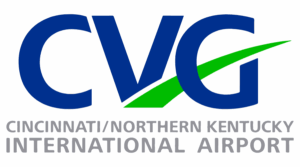


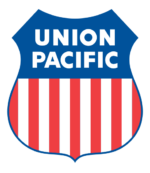

October 28, 2009
Dr. Sidney Dekker (Ph.D. in Cognitive Systems Engineering) states there are basically two (2) ways of looking at human error. In this article, I share with you, the first view, which could be called “the bad apple theory“. It maintains that:
…
HomeRead More »
Read More
October 27, 2009
Three (3) ingredients are vital for driving the safety engine, all of them the province of top management or what the organizational theorist, Mintzberg, has termed the strategic apex of the system. These driving forces are:
commitment,
competence and
cognizance
Reason’s three C’s.
…
HomeRead More »
Read More
September 7, 2009
Take any of the following steps below that may be necessary to guard against stored energy(s) left in the equipment after it has been shut down and isolated from its energy source(s).
…
HomeRead More »
Read More
August 28, 2009
An older post, with updates…Ever since the 2005 BP Texas City tragedy, refineries and chemical plants have been working diligently to review “facility siting” risks for their facilities. As with all of the PSM elements, many of us took this new focus as a learning opportunity. We had all done something we called “facility siting” in our Process Hazards Analysis, but in the early 1990’s...
Read More
June 27, 2009
Key Principles in integrating Human Factors in Hazard Identification, Hazard Analysis, and Risk Assessments include:
…
HomeRead More »
Read More
April 27, 2009
As we have discussed here many times, our piping is our “primary containment” that seems to be where the vast majority of Loss of Primary Containment (LOPC) events occur. Many reasons for this, which we have spelled out in other postings, but none the less the vast majority of “leaks” occur in our piping. One means that we should be abiding by is “proper support”...
Read More
April 1, 2009
March 31, 2009 MEMORANDUM FOR: REGIONAL ADMINISTRATORS THROUGH: DONALD G. SHALHOUB DEPUTY ASSISTANT SECRETARY FROM: RICHARD E. FAIRFAX, DIRECTOR DIRECTORATE OF ENFORCEMENT PROGRAMS SUBJECT: Management of Organizational...
Read More
March 14, 2009
The strategic approach to improving human performance within safety embraces two (2) primary challenges: Anticipate, Prevent, Catch, and Recover from ACTIVE errors Identify and Eliminate LATENT organizational weaknesses that provoke human error and degrade controls against error and the consequences of error Preventable errors will not be eliminated if opportunities to err are not methodically identified....
Read More
March 10, 2009
EPA can improve its program management and oversight to better assure that facilities covered by the Clean Air Act’s Risk Management Program submit or re-submit an RMP. EPA had not established national procedures for identifying covered facilities that had not submitted RMPs. For the 5 States reviewed, we identified 48 facilities in 3 States that reported large amounts of covered chemicals stored...
Read More
February 10, 2009
This article is for ANYONE with anhydrous ammonia, regardless if you have 100 pounds or 100,000 pounds of ammonia and your primary means of containment is Carbon Steel. I have written numerous times about the Stress Corrosion Cracking (SCC) failure mode and shared numerous accidents and alerts regarding this failure mode. In this article, I want to point out a little PSM/RMP requirement that often...
Read More
February 10, 2009
MAJOR CHEMICAL DISASTERS IN INDIA Origin of accident Year Date Location Products involved Number of Deaths Injured Evacuated Explosion (warehouse) 1992 29.04 New Delhi Chemicals 43 20 Fire at a chemical store 1994 13.11 New Delhi Toxiccloud (chemicals) 500 Leakage 1984 03.12 Bhopal* Methyl isocyanate 2800 50,000 200,000 Leakage 1989 05.05 Britannia Chowk Chlorine –...
Read More
February 9, 2009
OSHA’s standards for general industry and the construction industry on hazardous waste operations and emergency response (29 CFR 1910.120 or 29 CFR 1926.65) cover all employees involved in: Clean-up operations of hazardous substances at uncontrolled hazardous waste sites required by Federal, state, local or other governments; Corrective actions involving clean-up procedures at sites covered by the...
Read More

